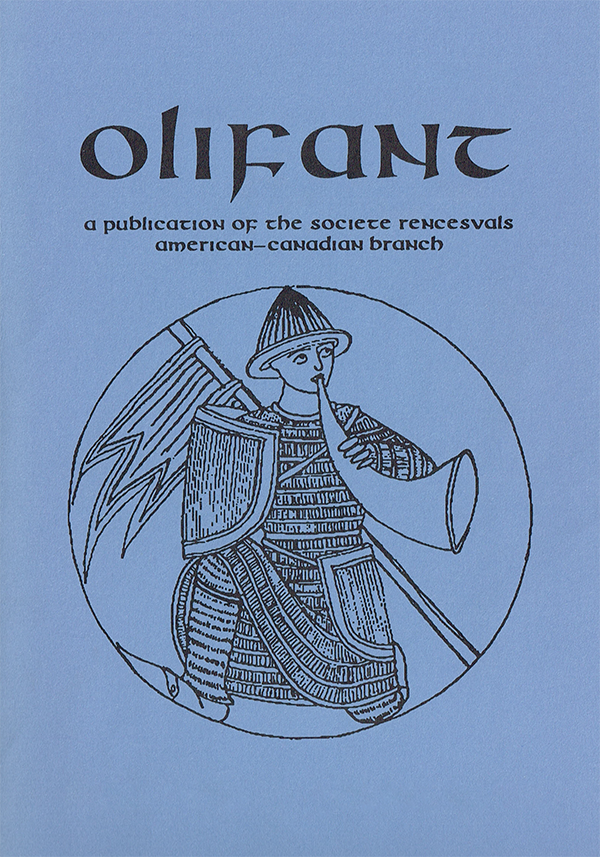“Mout est biaus li palés, ou chante la kalandre… ” Architecture et ekphrasis dans Florence de Rome
Main Article Content
Abstract
The Chanson de Florence de Rome (from the beginning of the thirteenth century) depicts a conflict between the two empires of Rome and Constantinople, resulting in the spectacular and legitimate victory of the former. The evocation of the two cities, as well as the power that is exercised there, creates a discrete yet significant venue for the double archetype of the “king under the arch” and the “king under the tree,” both of which have been brilliantly analyzed by Alain Labbé. While nevertheless remaining faithful to the epic tradition, Florence de Rome likewise makes use of long descriptive sequences after the fashion of the roman antique, and seeks to reconcile both epic drama and the merveille of the romance.
Downloads
Download data is not yet available.
Article Details
Section
Papers / Communications
